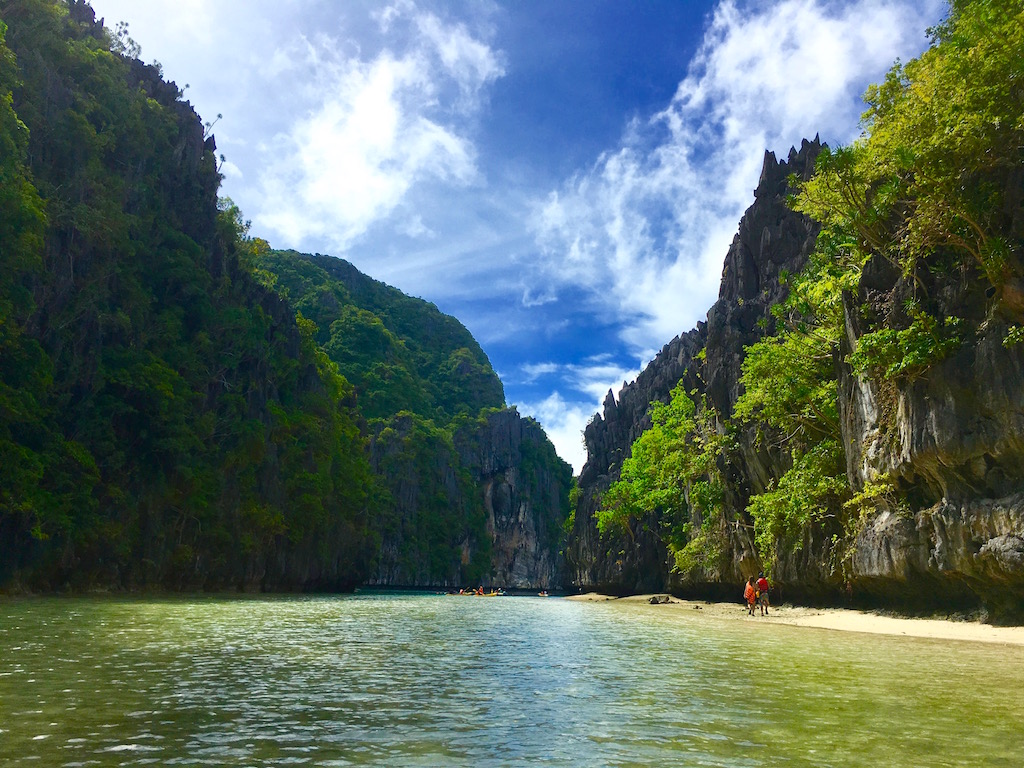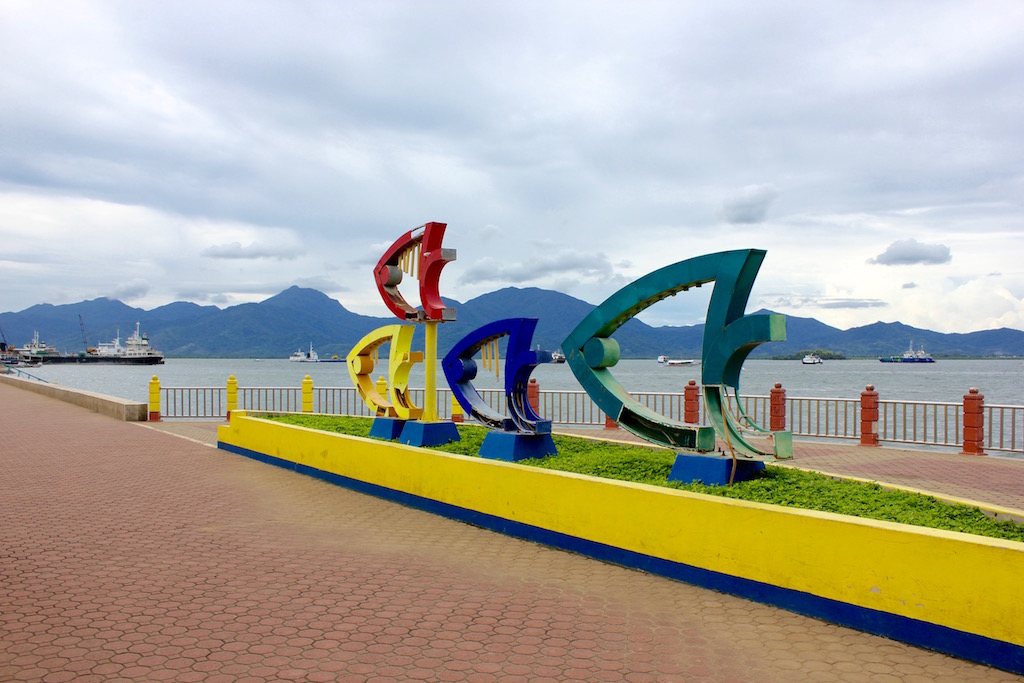Palawan’s Popularity Problem: An Interview with Photographer Duncan Murrell
This past fall (autumn for those outside North America), I was lured to Palawan, a culturally and ecologically rich archipelago in the Philippines made up of nearly 2,000 islands. Seeing the name pop up repeatedly on “world’s best islands” and “world’s best beaches” lists in recent years meant I wasn’t the only one who fell for the hype. Palawan’s Provincial Tourism Office estimates that 2.3 million tourists visited what it calls the Philippines’ “last frontier” in 2016, up 28 percent from 2015. 2017 numbers are expected to climb even higher.
Soon after landing on the main island, I saw some of the consequences of this recent tourism boom – rocks and debris washed onto roads during rainstorms because the surrounding hillsides had been cleared of trees, raw sewage running directly into the sea not far from where tourists snorkeled and swam, and workers scrambling around the clock to finish hastily constructed hotels in time for peak tourist season.

British wildlife photographer Duncan Murrell has used Puerto Princesa, Palawan’s capital, as his base for exploring Asia since his first trip to the Philippines in 2007. I met Duncan while on a responsible whale shark swimming expedition run by Dolphin and Whales Travel and Tours in Honda Bay off Puerto Princesa. Duncan was on the company’s first tour 10 years ago. He continues to tag along when he’s in town, and his photos of these gentle ocean giants help with promoting the tours and identifying the whale sharks in the area for research. Duncan also spends his time in Puerto Princesa working with the NGO Centre for Sustainability to develop conscientious ecotourism benefiting Palawan’s indigenous people.
Ethical Traveler spoke with Duncan to get his views on how Palawan has changed over the past decade.
ET: What do you think about the international attention Palawan has been receiving?
DM: Actually it has been really irritating me whenever I see those posts and videos, newspaper and magazine articles describing it as one big island resort, completely ignoring the biodiversity and indigenous people. Palawan is another Madagascar, but most people don’t have a clue because of the wrongly skewed publicity.
ET: What are some of the changes you’ve witnessed since you first came to Palawan?

DM: As I arrived before the greatest wave of development, I was fortunate enough to experience Sabang and the Puerto Princesa Underground River, and El Nido in a much more appealing and authentic original state without the squeeze of big hotels and resorts. I personally have no desire to return to those overdeveloped places now that their original character has been so compromised. In recent years Palawan’s tourism industry has ridden on its international recognition for being voted the best island destination in the world on numerous occasions, with virtually no emphasis on its ecological value for bona fide ecotourism.
* Sabang is a small village near the Underground River, and El Nido is on the northern tip of the island.
ET: What do you see as the biggest problems facing Palawan in terms of development?
DM: The biggest problem with tourism in Palawan is that they have put all of their eggs in one basket, namely destinations like Puerto Princesa Underground River and El Nido, and to a lesser extent Taytay, with equally attractive locations such as Port Barton receiving far fewer visitors simply because they aren’t promoted so heavily. There have been too many coastal resort developments, with no regard for the environment, and ripping out mangroves and using illegal timber for construction. Even so-called ecotourism opportunities are very flimsy without really highlighting or utilizing the tremendous ecological value of Palawan.
* Tatay is south of El Nido, while Port Barton sits roughly halfway between Puerto Princess and El Nido on the western coast.
ET: What have been some challenges with establishing an ecotourism industry in Palawan?

DM: Pseudo ecotourism is advertised everywhere, and so many hotels and resorts have falsely adopted the title without any understanding or connection with the environment. Palawan still has about half of its primary forests left, with incredible biodiversity and endemism, and it seems quite extraordinary to me that Palawan is not attracting the same kind of eco-tourists that visit countries like Borneo and Madagascar. That is largely due to so much emphasis being placed on coastal vacations, and a lack of initiative in exploring and developing other possibilities that may not necessarily attract the high-end tourists as the main attraction. The mountains, rivers and rainforest have so much potential for the more adventurous eco-tourist, but there just isn’t enough information or guidance available.
ET: Have there been any positive developments recently?
DM: The recent declaration of Cleopatra’s Needle as the largest protected critical habitat area in the Philippines is a key development. Hopefully there will be more protected areas to follow with associated ecotourism activities. I expect the next one will be in the Narra region.
* Cleopatra’s Needle Critical Habitat is one of the oldest and most diverse forests in the Philippines. It’s located in northern Puerto Princesa near the Underground River, while Narra is south of Puerto Princesa on the eastern coast.
If you would like to travel to Palawan and do so responsibly, you need to do your research in advance and be vigilant about where you spend your money. Be sure the hotels, shops, restaurants, and tour companies you frequent are locally owned, so you are supporting island communities and not a foreign corporation. “Green washing” is also a common practice, so take a close look at “eco-lodge” and “eco-tour” claims – look for those who can demonstrate they are committed to following sustainable practices. And spread your support around – get away from the well-worn tourist spots like the Underground River and El Nido, and head to areas that don not receive as much traffic like the south or inland from the famous beaches.
Brianne is a travel blogger with a particular interest in responsible travel. Her blog, A Traveling Life, focuses on how to balance a professional career with a life of travel.
Read Ethical Traveler's Reprint Policy.
